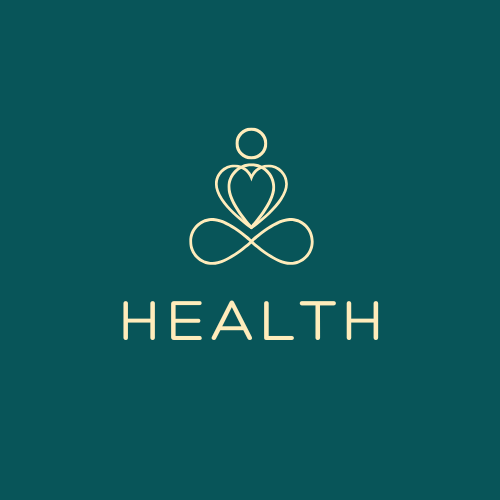Mary F. Escander, MD, MPH, Assistant Professor of Surgery and Surgical Oncology Specialist at the Rutgers Institute of Cancer, CORAL O. OMEN Table Research at the Rutgers Cancer Institute, discuss some specific practices and policies that were more effective in their institution and how they can be adopted through practices The other.
0:10 | They did a number of things. Much of what you touched is something that is going on here, and for this reason we can talk about it easily because we see it here. It was adopted and practiced here. One of the things is to make sure that patients in your health system can access clinical trials. They have to see the experiences open around them and are presented to them so that they can think about participating. This is something we have done in our health system, starting with the Rutgers Institute of Cancer, where experiments come from our research and investigators, then they were smoothly opened in various societal sites due to the IRB, SRB, and pharmacy. This makes things easy to happen. It takes to work for this process and order to work, but once you do this – and we saw it over time since its implementation – it has become just part of the way we do things. You see the curve in the experimental participation of minority patients, only a written curve that rises over the years, and therefore it works for them to conduct experiments. They should be able to see and offer them. They need to access them without traveling to the Bronzwek Rutgers Institute for the new cancer, as Dr. Eskander said before. This is one main way, but there are many others. I will also leave Dr. Eskander Pep.
1:56 | Yes, of course. I think this is an excellent plan. The other thing we have done is just dealing with society, forming society relations, and trying to increase awareness and understanding about clinical experiences in society. Many individuals come to the Cancer Council of our community, who are the leaders of society, return to their societies and talk about trials differently from what they may have talked about in the past. They are armed with information that they can distribute to society and hold talks with people. We always come, scientists, as Dr. Umene said, through the city’s halls or science cafes, or to ensure that members of society know what experiences we open. In this way, only if he does not talk to someone, or his cousin or mother about an open trial, consciousness exists.
2:56 | If I can only add one point on the social determinants of health, because I believe that Dr. Omin has mentioned them, but I really cannot confirm enough on how important it is not to forget the neighborhoods that our patients live and live conditions at home, because these are the largest shareholders in average Expecting life. The care we offer them is a contributor to the average life expectancy. Therefore, I believe that recognition of the social and economic barriers that people may have is extremely important. And I think this is related to our point earlier about the patient’s mobility. It is extremely important for someone in the team to check the social barriers of a person in front of care and try to address it as much as possible. I think the solutions over time will be more structural. We will have to bring clinical experiences of socially weak societies. We will have to create ways to be less tired for patients in cost and time away from work and family obligations. But I think, as it is first, we must at least perform a social determinants for all our patients and try to treat transport barriers and the largest possible number of cost barriers. Insurance is not an obstacle here in New Jersey, and it should not be an obstacle, at least for patients with medicaid insurance elsewhere now, which is really big. But I think that, and Dr. Omin I know some of the research that we have done that some effects could be added.
4:30 | We have data that explain that for black patients who live in socially weak neighborhoods in exchange for white patients who live in socially weak neighborhoods, the possibilities of registration in a clinical experience of a black patient in a socially weak neighborhood are 50 % less than a white patient in a socially weak neighborhood. I think this shows that things like race and social and economic situation are intertwined in our country, and that if we support social determinants, we may also be able to increase racial diversity in our experiences. So I think these two things go side by side. If we neglect social determinants, as well as ethnic and ethnic barriers.
5:13 | definitely. Only to add here, there is a statistics that shows that low -income neighborhood residents have less access to reasonable health care facilities and quality that can perform cancer examination tests. It has been shown that black women who live in these low -income neighborhoods are likely to be diagnosed with aggressive triple breast cancer compared to those who live in high -income neighborhoods. So that it only tells you, black women in low -income neighborhoods with negative triple breast cancer of black women in high -income neighborhoods will be diagnosed. This already tells you that this is an important piece that we have to address.
